 More than a year has passed since the old coastal road between Puerto de Mogán and Taurito was closed due to a rock fall. This important highway was not only enjoyed tourists who visited Mogán, amazed by the high cliffs and the view out to sea, but it was also for many a necessary route for workers travelling to the tourist areas of Puerto Rico, Tauro, Taurito and Arguineguín.
More than a year has passed since the old coastal road between Puerto de Mogán and Taurito was closed due to a rock fall. This important highway was not only enjoyed tourists who visited Mogán, amazed by the high cliffs and the view out to sea, but it was also for many a necessary route for workers travelling to the tourist areas of Puerto Rico, Tauro, Taurito and Arguineguín.
Many, some say thousands of, resident workers from the neighbourhoods of Playa and Pueblo de Mogán, Veneguera, Tasartico, Tasarte and even La Aldea de San Nicolás on the west coast, have used this road to travel easily between their jobs and their homes. It is these workers, along with their families and neighbours who have recently gathered more than 2,000 signatures to petition the Mogán Town Hall to find a solution to their problems.
It should be noted, they say, that the mayor herself Onalia Bueno, appears among the signatories, aware as she is of the serious problem being caused for these families, however there have also been many months of promises about when the road is likely to re-open and when the works to do are likely to begin.
 The protesters say there are residents who have lost their jobs because they can longer use their mopeds or special license vehicles to travel, as the only possible way to exit is via the Mogan – Puerto Rico section of the GC1 motorway, which they are denied access to due to traffic regulations. Others have seen their transportation costs double when they now have to go around through the motorway tunnels to get to their jobs, a situation which nobody seems to be trying to solve.
The protesters say there are residents who have lost their jobs because they can longer use their mopeds or special license vehicles to travel, as the only possible way to exit is via the Mogan – Puerto Rico section of the GC1 motorway, which they are denied access to due to traffic regulations. Others have seen their transportation costs double when they now have to go around through the motorway tunnels to get to their jobs, a situation which nobody seems to be trying to solve.
A major part of the problem is that the Taurito section of the motorway only allows drivers to exit from the southbound carriageway, and enter onto the north. This means that a simple journey between the neighbouring valleys of Taurito and Playa de Mogán necessitates a 20km detour via the Puerto Rico exit in the Tauro Valley. This is simply due to the fact that the tourist developers who were given permission to have exits and entrances in Taurito were allowed to deviate from the original plan and halve the number of slip roads, in essence creating a one way system on and off the motorway, great for tourists going to and from the airport, but no good for locals who need to use the old national road on the coast to go about their daily business. Now that the road is cut off it adds a lot of time to travel journeys and makes leaving the Taurito valley unattractive and expensive, again to the benefit of the tourist business situated there. Though there is a free bus out of Tauro, it only goes to Playa del Cura, not even bringing tourists to a destination they might likely to want to go to, such as Puerto Rico where an interchange can be made to travel to Puerto de Mogán
The petitioners are demanding the streamlining of these works in addition to having special permission organsied for the transit of vehicles with special licenses and mopeds, preferably via the motorway, specifically from Mogán to Puerto Rico, from where they can continue their journeys onwards using the secondary coastal road.
A recent press note was sent to the media via the Centro Comercial Puerto Rico, urging journalists to raise awareness regarding the above with the original note signed by one Alberto Saavedra Mejías who appears to be organising the collection of signatures, and is available by telephone (contact us for details)

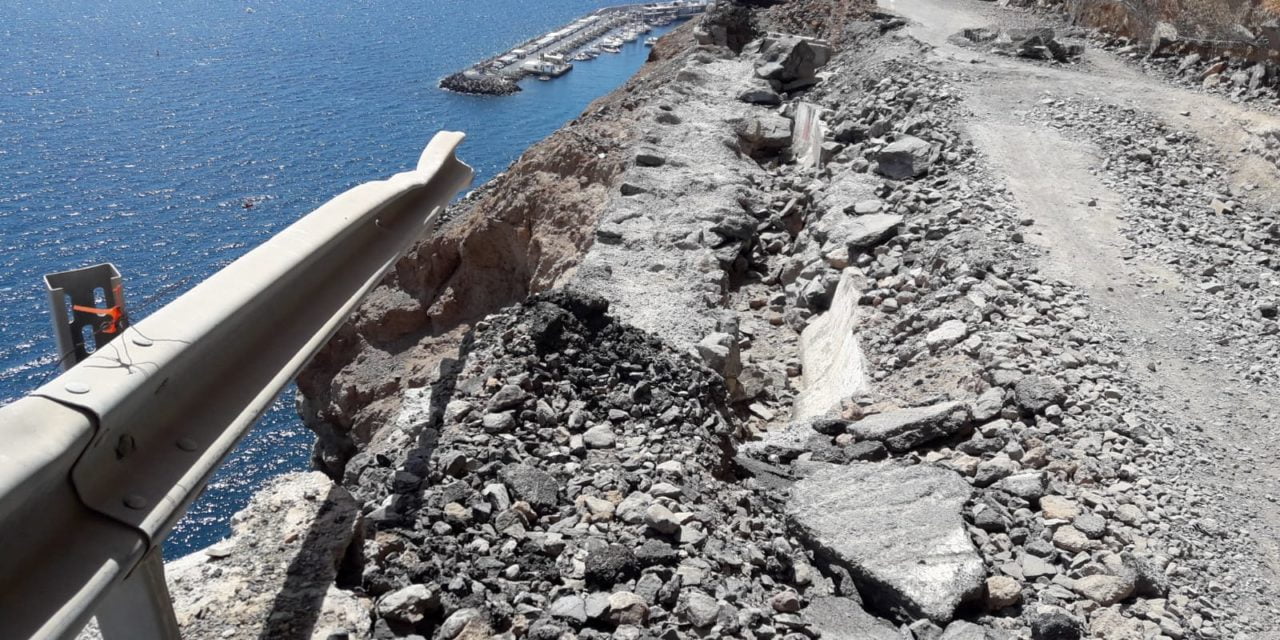




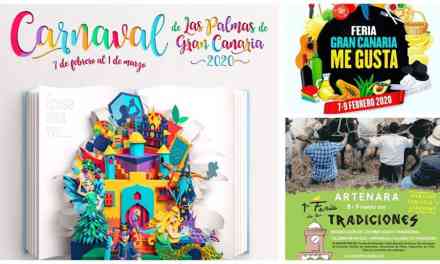
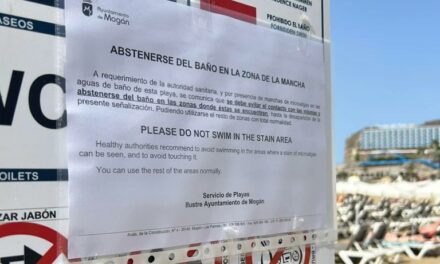
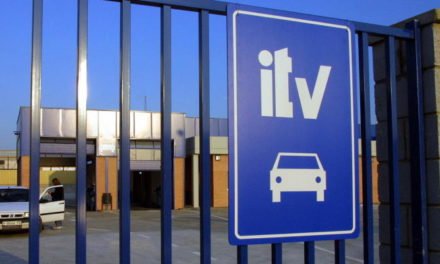
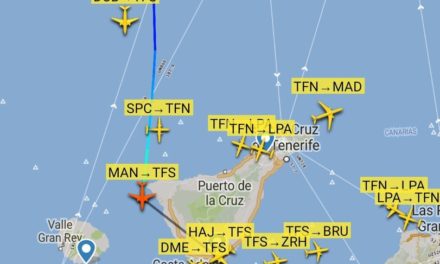




Dear CanaryNews, you may publish this opinion in an article. I don’t ask any authors’ right. Just trying to give a voice at the numerous hikers and cyclists.
Works to restore the costal road for vehicular traffic are difficult and expensive. Is it not time to think of an alternative?
Taking into account that the cars have a new highway between Taurito and Mogan, why not return this historic coastal stretch to nature, to walkers and bicycles? This would be practically free of costs. And what a beautiful image for our island.
Gran Canaria and the towns (ayuntamientos) of our beautiful island want to display a modern and ecologically sustainable image. The public authorities are leading the way. For example, in nature reserve management, the implementation of wind energy, or sustainable tourism.
In terms of mobility, however, the “car is king” still seems to prevail here. Our public spaces are increasingly filled with motorized vehicles. There are fewer and fewer public places free from cars.
Rare are the places on the island where a senior citizen can still cross the road without encountering impatient, if not dangerous motorists. Exceptional are the places where children can still play in the street, where a pet can still run.
Road transport is the most important source of air pollution, with some impact on health. An environmental policy to combat global warming by reducing carbon emissions from car traffic does not seem to be the order of the day on the island.
Numerous studies have shown that a car-free zone can improve the quality of life of residents and tourists by:
– improving air quality by reducing the emission of air pollutants
– reducing traffic noise
– promoting the use of active modes of travel
Good road infrastructure is necessary in a modern country, but quality of life also requires that the space devoted to the car is sometimes reduced and returned to humans, or simply returned to nature. Feedback from other places in the modern world shows that creating pedestrian zones can fundamentally and positively transform space by acting on environmental, economic and touristic dimensions. We cannot ignore that there will probably be reluctance against such a project (taxis, car lobby …) but experience shows, everywhere in the modern world, that once a car-free zone has been established, after a while, no one wants to go back to the previous situation.
The main asset of our island is not more concrete infrastructure but it’s greenery. What other tourist destination could offer such a spectacular coastal walk?
All this at a low cost. To start, authorize mopeds and local traffic on the new highway. Then, the coastal walk only needs small repair of the barrier where the rockslides occurred. There’s no need of asphalt paving. Walkers can easily continue along the stretch. Cyclists can get off their bike. Even for them ecologic rules apply. An new and nicer jersey barrier at the entrances and exits in Taurito and Mogan, narrow enough to not allow the passage of vehicles. Nothing more is necessary to start.
A coastal hike project can be developed later. Prestigious walks like Lincoln Road in Miami Beach or High Line Park in New York did not come in a day.